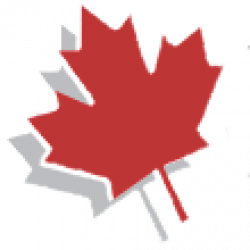Federal Finance Minister Jim Flaherty announced new mortgage changes this morning to combat the rising household debt levels of Canadians.
Three main changes are:
· The maximum number of years the government will back a mortgage was lowered from 35 to 30.
· The upper limit that Canadians can borrow against their home equity was lowered from 90 per cent to 85 per cent.
· Government insurance backing on home equity lines of credit, or HELOCs, has been removed.
The home equity change is the result of the Government’s concern that homeowners are rolling too many consumers purchases into their insured mortgages. “These loans are not used to create housing. They’re used to buy boats, and cars and big screen-televisions,” Flaherty said. “That’s not the business that home insurance was designed for.”

